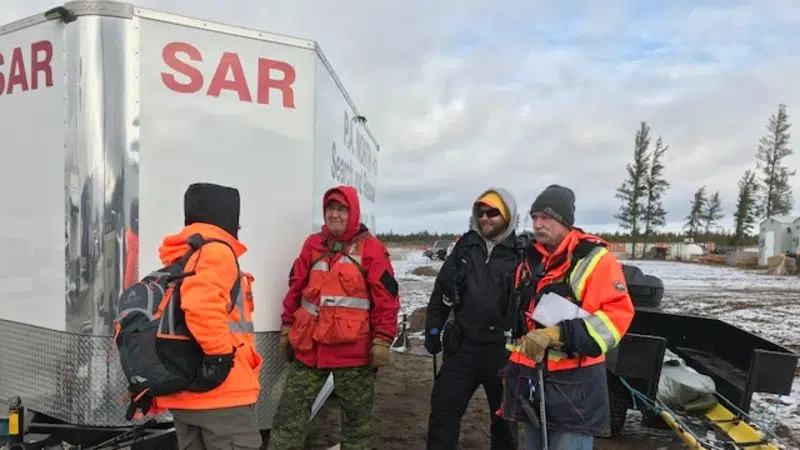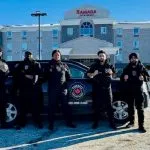
Search and rescue teams brave cold in key exercise
It’s a bitterly cold Saturday morning. There’s snow in the air, and it’s minus 12 with the wind chill. Not a day for a stroll in the woods. Or maybe it is.
These are the sorts of days members of the Search and Rescue Saskatchewan Association of Volunteers (SARSAV) live and plan for.
At least one person has been reported missing in or around the hamlet of Crutwell, west of Prince Albert, and they need to be found as quickly as possible. Before the day is done more people will be reported missing, further complicating the puzzle.
Forty-seven people from all walks of life have converged on the Satellite Station to the west of the city to be part of a multi-jurisdictional search exercise that will hone their skills, test their patience and resolve, and build teamwork. SARSAV members from around the province along with those from Prince Albert North Search and Rescue, Prince Albert Grand Council SAR, Buckland SAR, RCMP, Canadian Rangers, Civil Air Search & Rescue Association, and Saskatchewan Public Safety are testing their skills in a real-world environment under real-world circumstances.






